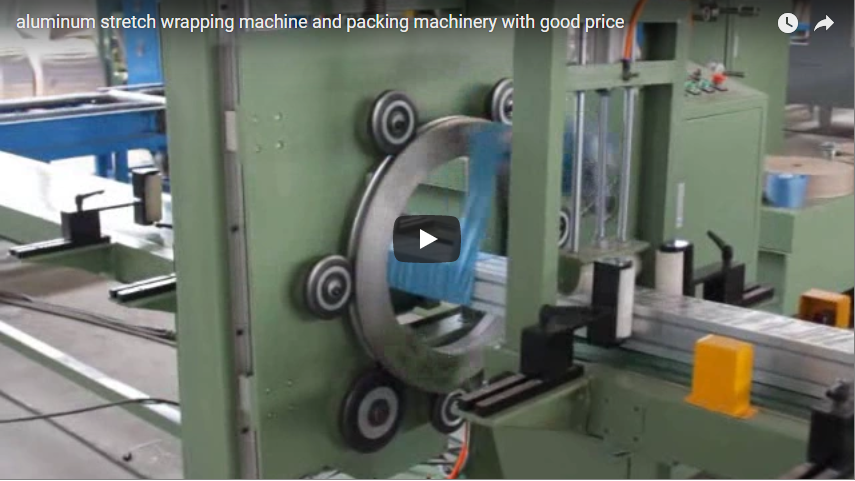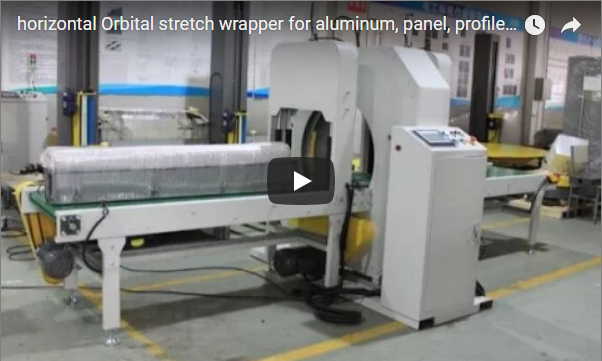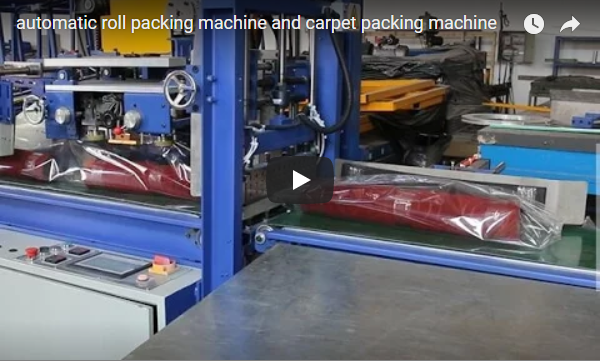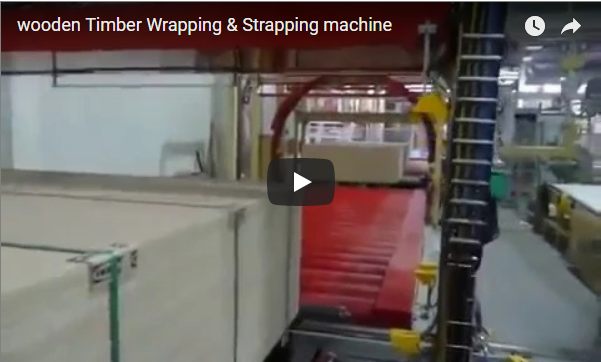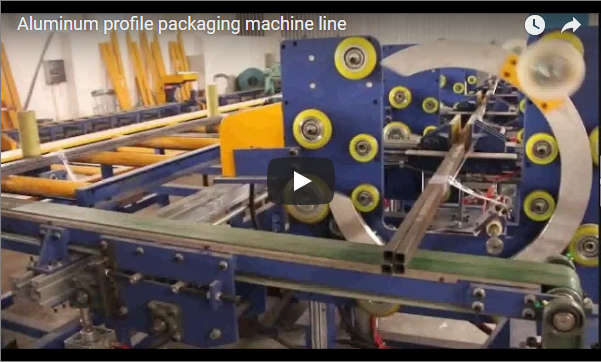Revolutionizing Furniture Protection: A Deep Dive into Horizontal Spiral Wrapping Machines
In the fast-paced world of furniture manufacturing and distribution, ensuring products reach customers in pristine condition is paramount. Damage during transit or storage not only leads to costly returns and repairs but can significantly tarnish brand reputation. This is where specialized packaging technology becomes not just an advantage, but a necessity. Enter the horizontal wrapping machine, often referred to as a spiral wrapper or orbital wrapper – a game-changer for furniture protection.
1. The Persistent Challenge: Protecting Bulky & Irregular Items
Furniture, by its nature, presents unique packaging challenges:
- Variable Sizes & Shapes: From long sofas and wide tables to awkwardly shaped chairs and cabinets.
- Susceptibility to Damage: Surfaces are prone to scratches, corners can be dented, and upholstery can tear or get dirty.
- Handling Risks: Multiple touchpoints during loading, unloading, and warehousing increase the risk of damage.
Manual wrapping is often time-consuming, inconsistent, and uses excessive material. This is where automated solutions like horizontal wrappers make a significant impact.
2. Understanding the Horizontal Spiral Wrapper
A horizontal wrapping machine is specifically engineered to apply protective stretch film around long, bulky, or irregularly shaped products, like furniture, while the product moves horizontally through the machine's wrapping ring. Unlike traditional turntable wrappers where the pallet spins, here the film carriage orbits around the stationary or moving product.
This method provides a tight, secure, and conforming layer of protection, cocooning the furniture against dust, moisture, scratches, and minor impacts encountered during shipping and handling.
3. How It Works: The Technology in Action
The process is elegantly efficient:
- Infeed: Furniture items are placed onto the machine's conveyor system (either manually or automatically).
- Wrapping Cycle: As the item moves through the central opening (the ring), a rotating carriage dispenses stretch film, spirally wrapping it around the furniture. Advanced systems control film tension and overlap for optimal protection and material usage.
- Film Management: Once wrapping is complete, the film is typically automatically clamped, cut, and secured, preparing the machine for the next item.
- Outfeed: The fully wrapped piece of furniture exits the machine, ready for labelling, staging, or direct loading.
4. Key Technical Aspects & Customization Potential
While specific configurations vary, common technical parameters include:
- Ring Diameter: Determines the maximum cross-section of the product that can be wrapped (e.g., 1600mm, 2000mm, 2500mm).
- Conveyor System: Type (belt, roller), length, width, and load capacity tailored to the furniture being handled.
- Wrapping Speed: Adjustable rotation speed (RPM) of the film carriage to match throughput requirements.
- Film Specifications: Designed for standard stretch film widths (e.g., 500mm) and thicknesses. Pre-stretch capabilities (e.g., up to 250-300%) significantly reduce film consumption.
- Control System: Often PLC-based with HMI (touch screen) for easy operation, parameter adjustment, and diagnostics.
- Customization: Machines can be highly customized for specific needs, including infeed/outfeed automation, top sheet applicators for extra protection, and integration into existing production lines.
5. Tangible Benefits Beyond Basic Protection
Investing in a horizontal wrapping machine offers compelling advantages:
- Superior Product Protection: Consistent, tight wrapping significantly reduces damage from scratches, dust, and moisture during transit.
- Enhanced Operational Efficiency: Automates a labor-intensive process, increasing throughput and freeing up manpower for other tasks.
- Significant Cost Savings: Optimized film usage via pre-stretch systems minimizes material waste. Reduced damage claims directly impact the bottom line.
- Professional Presentation: Uniformly wrapped products present a more professional image to customers and logistics partners.
- Improved Safety: Reduces manual handling and associated ergonomic risks.
- Versatility: Effectively wraps a wide range of furniture types – sofas, tables, chairs, cabinets, mattresses, and more.
6. An Insider's Perspective: Witnessing the Transformation
From personal experience observing implementations in furniture factories, the shift to automated horizontal wrapping is often transformative. We've seen clients drastically cut their damage-in-transit rates after adopting this technology. The consistency is key – every piece gets the same level of protection, eliminating the variability inherent in manual wrapping. Furthermore, the speed allows manufacturers to keep pace with demanding production schedules, especially during peak seasons. It quickly moves from being a 'nice-to-have' to an essential part of the quality assurance process.
7. Choosing the Right Solution
Selecting the appropriate horizontal wrapper depends on factors like:
- The dimensions and weight of your largest furniture items.
- Your required production throughput (pieces per hour).
- The level of automation desired.
- Budget considerations.
Consulting with experienced suppliers is crucial to configure a machine that precisely meets your operational needs.
For those looking to explore these solutions further, consider reviewing options like the Automatic Horizontal Stretch Wrapper.
If you have specific questions or want to discuss how this technology could benefit your furniture logistics, feel free to reach out.
info@fhopepack.com

